Why Do Pimples Hurt? Understanding Painful Acne
If you've ever wondered why some pimples throb with pain while others barely register, you're not alone. Painful pimples are one of the most frustrating symptoms of acne, turning a cosmetic concern into a source of real discomfort. The pain you feel comes from inflammation deep in your skin, where your immune system is fighting bacteria and blocked pores.
Understanding why pimples hurt can help you make better treatment choices and know when to seek professional help. Let's explore what causes acne pain and how to find relief.
What Causes Pimple Pain?
The main reason pimples hurt is inflammation. When oil and dead skin cells clog your pores, bacteria called Propionibacterium acnes (P. acnes) multiply in the blocked follicle. Your immune system responds by sending white blood cells to fight the infection, causing redness, swelling, and pain.
Research shows that acne is primarily an inflammatory disease. Inflammation happens at all stages of acne development, not just when you see a red, swollen bump. The swelling pushes against sensitive nerve endings in your skin, triggering pain signals. Your skin contains about 1,000 nerve endings per square inch, which explains why even small pimples can feel quite tender.
Why Deeper Pimples Hurt More
The deeper the pimple forms in your skin, the more painful it tends to be. Surface-level whiteheads and blackheads rarely hurt because they stay in the upper layers of skin. But when inflammation reaches the dermis (your skin's middle layer), you get painful nodules and cysts.
The larger the inflamed area, the more nerve endings are affected, resulting in more intense pain. Deep cystic acne can feel like a painful lump under your skin that throbs or aches even without touching it.
Types of Painful Acne
Not all acne causes pain. Here are the types most likely to hurt:
• Papules: Small, red bumps without a visible head that feel tender to touch
• Pustules: Red bumps with white or yellow pus at the center, often painful when inflamed
• Nodules: Hard, painful lumps deep under the skin without a visible head
• Cysts: Large, pus-filled lumps deep in the skin that are very painful and prone to scarring
Cystic acne is the most severe and painful type. These deep infections develop when bacteria, oil, and dead skin cells break through the pore wall beneath your skin's surface, creating a swollen, inflamed lump in the dermis.
How to Relieve Painful Pimples
While it's tempting to squeeze a painful pimple, this usually makes things worse by pushing bacteria deeper into your skin and increasing inflammation. Instead, try these approaches:
Immediate Relief
Apply ice wrapped in a clean cloth to the painful area for 5-10 minutes at a time. This reduces swelling and numbs pain by constricting blood vessels. Take breaks between applications to avoid skin damage.
Topical Treatments
Over-the-counter products containing benzoyl peroxide or salicylic acid can help reduce bacteria and unclog pores. These work best for mild to moderate inflammatory acne. Apply them as directed on the package, usually once or twice daily.
What Not to Do
Avoid picking, squeezing, or popping painful pimples. This can push infection deeper, worsen inflammation, and increase your risk of permanent scarring. It may also spread bacteria to surrounding skin, causing new breakouts.
When to See a Dermatologist
You should consult a dermatologist if you have:
• Large, painful cysts or nodules that don't respond to over-the-counter treatments
• Painful acne that covers large areas of your face, chest, or back
• Acne that causes emotional distress or affects your quality of life
• Acne that leaves scars or dark spots
• Acne that suddenly worsens or appears for the first time in adulthood
Dermatologists can offer prescription treatments that target inflammation more effectively than over-the-counter options. For severe nodular or cystic acne, they may recommend oral medications, prescription topicals, or in-office treatments like corticosteroid injections that quickly reduce pain and swelling.
The Bottom Line
Pimples hurt because of inflammation in your skin. When your immune system fights bacteria and blockages in clogged pores, the resulting swelling presses against sensitive nerve endings, causing pain. Deeper, more inflamed pimples like nodules and cysts hurt the most because they affect larger areas of tissue and more nerve endings.
While you can manage mild inflammatory acne with over-the-counter treatments and ice, persistent painful acne requires professional care. A dermatologist can provide targeted treatments to reduce inflammation, prevent scarring, and help you achieve clearer, more comfortable skin.
References
- Tanghetti EA. The Role of Inflammation in the Pathology of Acne. Journal of Clinical and Aesthetic Dermatology. 2013 [cited October 15, 2025]. Available from: https://www.ncbi.nlm.nih.gov/pmc/articles/PMC3780801/
- Cleveland Clinic. Inflammatory Acne: Symptoms, Types, Causes, Treatment. Cleveland Clinic. 2024 [cited October 15, 2025]. Available from: https://my.clevelandclinic.org/health/diseases/22765-inflammatory-acne
- Cleveland Clinic. Cystic Acne: What Is It, Symptoms, Causes and Treatment. Cleveland Clinic. 2024 [cited October 15, 2025]. Available from: https://my.clevelandclinic.org/health/diseases/21737-cystic-acne
- Sutaria AH, Masood S, Schlessinger J. Acne Vulgaris. StatPearls - NCBI Bookshelf. 2024 [cited October 15, 2025]. Available from: https://www.ncbi.nlm.nih.gov/books/NBK459173/
- Cleveland Clinic. Skin: Layers, Structure and Function. Cleveland Clinic. 2024 [cited October 15, 2025]. Available from: https://my.clevelandclinic.org/health/body/10978-skin
Medical Disclaimer: This article is for informational purposes only and does not constitute medical advice. Always consult with a qualified healthcare provider before starting any new skincare treatment, especially if you have underlying health conditions, are pregnant, or are taking medications.

